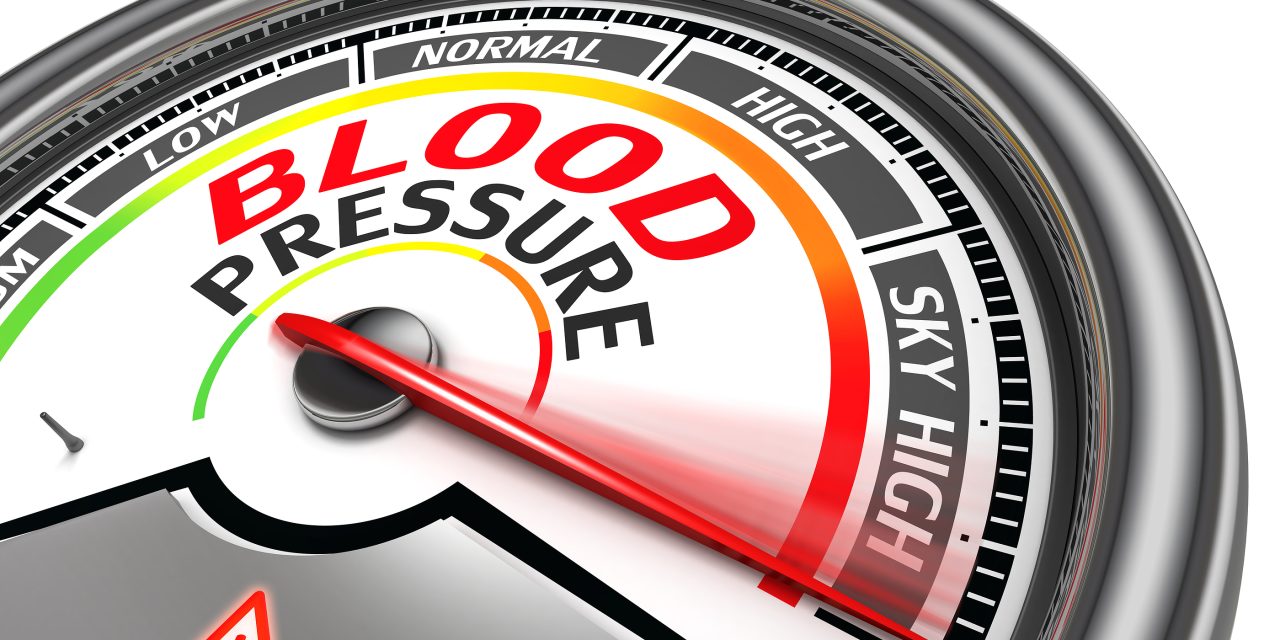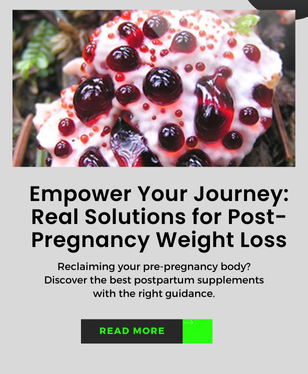Losing weight can have a significant impact on blood pressure, which is an important topic for many individuals concerned about their health.
Yes, weight loss can sometimes lead to low blood pressure, also known as hypotension. This might happen when there is a reduction in the blood volume or changes in the levels of hormones controlling blood pressure.
Understanding how weight loss and blood pressure are connected can help in making healthier choices.
Weight loss is often recommended for those with high blood pressure because shedding excess pounds typically reduces the strain on the heart and blood vessels.
This reduction can result in improved cardiovascular health and potentially prevent complications such as heart disease. Yet, while losing weight, it’s important to monitor blood pressure regularly because a sudden drop might be a sign of hypotension, which could lead to symptoms like dizziness or fainting.
Various lifestyle changes can contribute to low blood pressure during weight loss. These include changes in diet, exercise routines, or medications used to support weight management.
Keeping track of any unusual symptoms and consulting with healthcare professionals ensures that weight loss plans are both safe and effective.
Key Takeaways
- Weight loss can sometimes cause low blood pressure.
- Monitoring symptoms can help manage potential hypotension.
- Consult with healthcare professionals when making lifestyle changes.
Understanding Blood Pressure
Blood pressure is the force exerted by circulating blood on the walls of blood vessels. It is measured using two values: systolic blood pressure (the pressure when the heart beats) and diastolic pressure (the pressure when the heart is at rest between beats).
Systolic pressure is the higher of the two readings. A normal reading is usually below 120 mmHg. Diastolic pressure, the lower number, should typically be below 80 mmHg. Together, these readings help to assess a person’s cardiovascular health.
Hypertension refers to high blood pressure. It occurs when blood pressure consistently reads above the normal range. This condition can increase the risk of heart disease and stroke if left unmanaged. Lifestyle changes such as diet and exercise are often recommended to control it.
Hypotension, on the other hand, is low blood pressure. It may not always cause problems but can lead to dizziness or fainting if blood flow to the brain is insufficient. In some cases, lifestyle adjustments or medical treatment may be necessary to address the symptoms.
Maintaining a healthy blood pressure range is important for overall health.
Regular monitoring can help identify any changes early. Individuals are encouraged to consult healthcare professionals for advice tailored to their specific needs.
Causes of Low Blood Pressure
Low blood pressure can result from various factors, including dehydration, certain heart conditions, aging, and medications. Understanding these causes helps in managing and preventing significant health issues.
Dehydration and Hydration
Dehydration is a key cause of low blood pressure. When the body loses more fluids than it takes in, blood volume decreases, which reduces blood pressure. This can occur due to excessive sweating, vomiting, diarrhea, or simply not drinking enough water.
Staying hydrated is crucial, especially during hot weather or intense physical activity.
Fluids like water and oral rehydration solutions help maintain proper blood volume and pressure. Severe dehydration requires immediate medical attention to restore hydration levels through intravenous fluids. Even mild dehydration can affect blood pressure and cause dizziness and fatigue.
Heart Conditions and Aging
Heart conditions significantly impact blood pressure. Heart failure, heart attacks, or poor heart function can lead to low blood pressure. These issues prevent the heart from pumping blood effectively, reducing blood flow to essential organs. As people age, changes in heart function and the elasticity of blood vessels can also contribute to this condition.
Older adults may experience postural hypotension, where blood pressure falls suddenly upon standing. This occurs because the body takes longer to adjust to changes in position. Regular monitoring and appropriate treatment of heart conditions are vital to maintain healthy blood pressure levels.
Effects of Medications
Certain medications affect blood pressure. Diuretics and beta blockers, often used to treat high blood pressure or heart conditions, can sometimes lower blood pressure too much.
Diuretics help the body eliminate excess fluids, which may decrease blood pressure. Beta blockers slow the heart rate, reducing the force of the heartbeat.
Other medications such as antidepressants or medicines for Parkinson’s disease can have similar effects.
Patients should be aware of these side effects and work closely with their healthcare providers. Adjustments in medication dosage or changes in prescriptions might be necessary to prevent dangerously low blood pressure.
Effects of Weight Loss on Blood Pressure
Weight loss can impact blood pressure in different ways. Key effects are related to changes in blood volume and the risk of nutrition deficiencies that might lead to conditions like anemia.
Blood Volume and Pressure Changes
When someone loses weight, their overall blood volume can decrease. Lower blood volume tends to reduce blood pressure, which might lead to low blood pressure in some individuals. This is especially true if the weight loss is rapid or significant.
Symptoms related to low blood pressure might include dizziness or fainting. People who experience these may need to monitor their blood pressure regularly. Proper hydration and balanced salt intake could be necessary to manage these symptoms and maintain adequate blood pressure levels.
Nutrition Deficiencies and Anemia
Weight loss, especially from restrictive dieting, can lead to nutritional deficiencies. Not getting enough nutrients like iron can result in anemia, which is a condition characterized by low red blood cell counts. Anemia can cause dizziness and fatigue as the body struggles to transport oxygen efficiently.
To prevent anemia, maintaining a diet rich in essential nutrients is vital. Foods high in iron, vitamin B12, and folate should be part of the diet. Supplements might be necessary if dietary changes are insufficient.
Managing nutrient intake carefully is essential in preventing complications associated with anemia and ensuring healthy weight loss.
Symptoms and Complications of Low Blood Pressure
Low blood pressure, or hypotension, can cause a variety of symptoms that range from mild to severe, potentially leading to complications if not properly managed. Recognizing symptoms early can help avoid serious outcomes.
Recognizing Hypotension Symptoms
Common symptoms of low blood pressure vary but often include dizziness and fainting. Individuals may feel lightheaded, especially when standing up quickly. This occurs due to a drop in blood flow to the brain. Some might experience blurred vision or nausea.
Fatigue is another frequent complaint, as inadequate blood supply to vital organs can lead to a feeling of weakness. People may also experience problems concentrating due to reduced blood flow to the brain. Recognizing these symptoms early is critical for managing hypotension effectively.
Consequences of Severe Hypotension
When low blood pressure becomes severe, it can lead to serious health issues. A significant consequence is a risk of falling, particularly among the elderly, due to dizziness and fainting. This can lead to injuries.
In severe cases, hypotension might cause complications like stroke or heart-related problems. A drastic drop in pressure can also reduce the supply of oxygen and nutrients to critical organs. Hypotension may also occur as a result of severe infections or septic shock, leading to potential life-threatening conditions.
Understanding these risks is crucial in preventing dangerous health consequences.
Specific Types of Hypotension
There are several kinds of low blood pressure, each with distinct characteristics and causes. Understanding these can help identify symptoms and manage the condition effectively.
Orthostatic Hypotension
Orthostatic hypotension, also known as postural hypotension, occurs when blood pressure drops significantly upon standing up quickly. It’s especially common in older adults.
This condition can cause dizziness, lightheadedness, and even fainting. When someone stands, gravity causes blood to pool in the legs, leading to a decrease in blood pressure. The body usually adjusts by narrowing blood vessels and increasing heart rate, but sometimes it fails to do so effectively, resulting in symptoms.
Conditions like diabetes or multiple system atrophy can contribute to this type of hypotension. Managing it involves standing up slowly, staying hydrated, and adjusting medications that might affect blood pressure.
Postprandial Hypotension
Postprandial hypotension occurs after eating and primarily affects older adults. After a meal, blood flows to the digestive tract, which can lower systemic blood pressure.
Normally, blood vessels and heart rate compensate for this shift, but in some individuals, the response is inadequate, leading to a drop in blood pressure. Symptoms include dizziness, weakness, and fainting.
Eating smaller, low-carb meals more frequently, and lying down for a while after eating can help manage these symptoms. It’s crucial to monitor blood pressure regularly if this condition is suspected.
Neurally Mediated Hypotension
Neurally mediated hypotension (NMH) affects both children and adults, causing a sudden drop in blood pressure after standing for a long time or experiencing an emotionally distressing event.
This condition is often linked to communication problems between the heart and brain. Symptoms include fatigue, dizziness, and fainting.
Stressful environments can exacerbate NMH, so reducing stress and staying well-hydrated is essential. Increasing salt intake and possibly using compression stockings may help some individuals manage their symptoms. Monitoring daily activities can also enable better symptom management.
Lifestyle Changes and Management
Lifestyle changes can effectively manage blood pressure and sometimes even reduce the need for medication. Key strategies include adjusting diet and maintaining proper hydration, alongside regular physical activity. These actions play a crucial role in maintaining overall health and preventing issues like dehydration and low blood pressure.
Diet and Hydration
A balanced diet rich in fruits, vegetables, and whole grains can help maintain healthy blood pressure. Reducing salt intake is essential, as excess salt can raise blood pressure levels.
To assist with weight loss and regulate blood pressure, it’s also important to focus on portion control and calorie intake.
Hydration is vital in this process. Inadequate fluid intake can lead to dehydration, which might cause dizziness or low blood pressure.
Drinking enough water throughout the day helps maintain normal blood volume, which is crucial for stable blood pressure.
Exercise and Physical Activity
Regular exercise is a cornerstone of managing and reducing blood pressure levels.
Activities like walking, jogging, or cycling improve cardiovascular fitness and contribute to weight loss. Such exercises help strengthen the heart, making it more efficient at pumping blood, which can help reduce blood pressure significantly.
Incorporating flexibility and strength training can further enhance these benefits.
Consistency is key, with experts recommending at least 150 minutes of moderate-intensity exercise per week. For added support and prevention of blood pooling, wearing compression socks during or after exercise can be beneficial.
When to Seek Medical Attention
Weight loss can lead to low blood pressure in some cases. Understanding when medical attention is needed is crucial for maintaining health and safety. This section provides guidance on tracking blood pressure, recognizing concerning symptoms, and taking preventive actions.
Monitoring Blood Pressure
Regularly checking blood pressure is vital. People who have recently lost weight should track their blood pressure readings at home.
Having a reliable home blood pressure monitor can assist in identifying any sudden drops in pressure.
Keeping a log of readings and sharing it with a healthcare provider can help in assessing whether the changes are a cause for concern. Readings consistently showing signs of low blood pressure, such as below 90/60 mmHg, should be discussed with a healthcare professional.
Symptoms of Concern
Symptoms of low blood pressure can vary, but there are key signs to watch for.
Feeling lightheaded, dizzy, or experiencing fainting spells may indicate a need for medical evaluation. These symptoms can sometimes signal more serious issues like shock or anaphylaxis, which require immediate care.
Pay attention to symptoms of shock such as confusion, clammy skin, or rapid breathing. Low blood sugar might also mimic similar symptoms, so it’s important to be aware of personal risk factors and consult with a healthcare provider if symptoms persist or worsen.
Preventive Measures
Implementing preventive strategies can mitigate risks.
Staying hydrated is essential since dehydration can lower blood pressure.
Eating small, frequent meals helps to avoid major drops in blood pressure after eating.
Adjusting dietary habits, like reducing carbohydrate intake and increasing salt under a doctor’s guidance, might be necessary. Regular physical activity supports healthy blood circulation and stability in blood pressure levels.
Checking in with a healthcare provider for personalized advice can provide additional tailored guidance.
Frequently Asked Questions
Weight loss can significantly affect blood pressure, sometimes causing it to drop. Understanding the connection between weight loss and blood pressure can help people recognize symptoms, manage potential side effects, and make informed decisions about medication.
How does weight loss affect blood pressure levels?
Weight loss often leads to a drop in blood pressure. As individuals lose weight, their heart doesn’t have to work as hard to pump blood, which can reduce the pressure on artery walls.
According to a meta-analysis of randomized controlled trials, significant blood pressure reductions are linked with weight losses greater than 5 kg.
What symptoms might indicate an issue with blood pressure after weight loss?
Symptoms of low blood pressure can include dizziness, fainting, blurred vision, nausea, and fatigue. If these symptoms appear after losing weight, it might indicate blood pressure changes.
Is it possible for rapid weight loss to lead to low blood pressure?
Rapid weight loss can potentially cause sudden drops in blood pressure. It is important to lose weight at a steady pace to avoid complications and to ensure that the body adjusts appropriately.
Can reducing body weight by 10 kilograms impact blood pressure, and if so, how?
Losing 10 kilograms can have a substantial impact on blood pressure levels. Many studies, including a specific program at Duke University, show that such weight loss can significantly lower both systolic and diastolic blood pressure.
What potential side effects should be considered when losing a significant amount of weight?
Weight loss may lead to side effects like nutrient deficiencies, muscle loss, or gallstones. Monitoring health parameters is crucial to manage these risks.
Adjusting diet or exercise programs may help mitigate such side effects.
How can one safely discontinue blood pressure medication after weight loss?
Discontinuing blood pressure medication should be done under medical supervision. A healthcare provider can test blood pressure changes and decide if adjusting or stopping medication is safe.
Gradual tapering might be necessary to ensure stability.


























